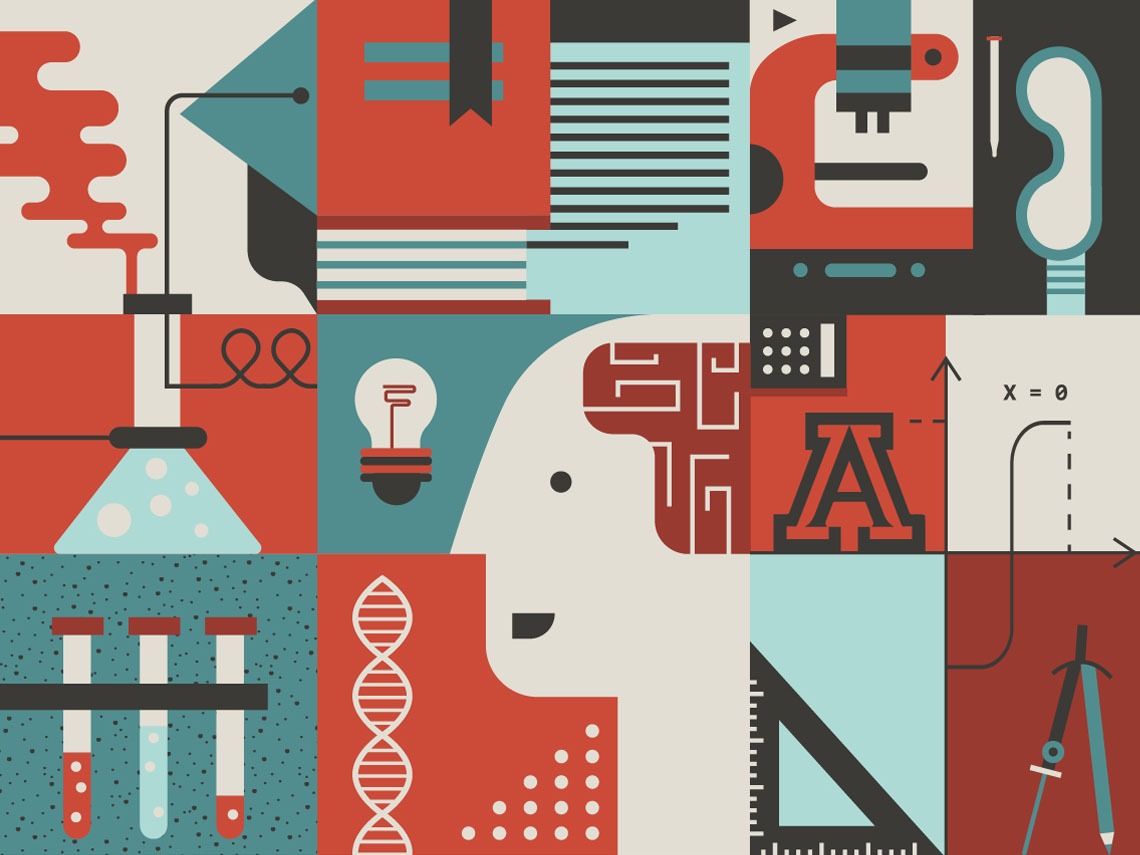Virtual Science Demonstrations
Dec. 2, 2022
When it comes to getting students interested in science, sometimes the best thing to do is to show the science, rather than just lecture about it.
Image

Overview
Demonstrations are a helpful way to link the content to the real world, and help break up the monotony of course work. In an online course, a good way to share demonstrations is through video. In this chemistry demonstration, by Dr. Laura Van Dorn, learners are asked to make predictions and connect lecture content to what they are about to see.
Example
Instructions
If you are working with an Instructional Designer at the University of Arizona, have them set up a field shoot with the video team, otherwise you can record a demonstration on your own.
- Before you hit record, think through the goals of this video demonstration. Is it just a snazzy demonstration to get learners engaged and asking questions, or do you want them to leave knowing something new? This will change how much time you spend in the video explaining what is going on.
- Gather your materials and test things out before you record.
- If you are recording on your own, be sure to test your lighting and sound by doing a quick test.
Notes from the Expert
- Graphics are used throughout the video to help students contextualize the concepts
- The entire length of the video is kept short, at just over 11 minutes.
- Dr. Van Dorn does a good job of giving the audience time to pause and think about what they are seeing.
Potential Limitations
- If you aren’t working with a videographer, multiple camera angles may not be possible.
- Additionally, creating some of the graphics on your own may be difficult. But creatively using a whiteboard to draw during the demo, or adding in still images after the recording using a video editing software such as Adobe Premiere Pro or Rush can greatly improve the final product.


